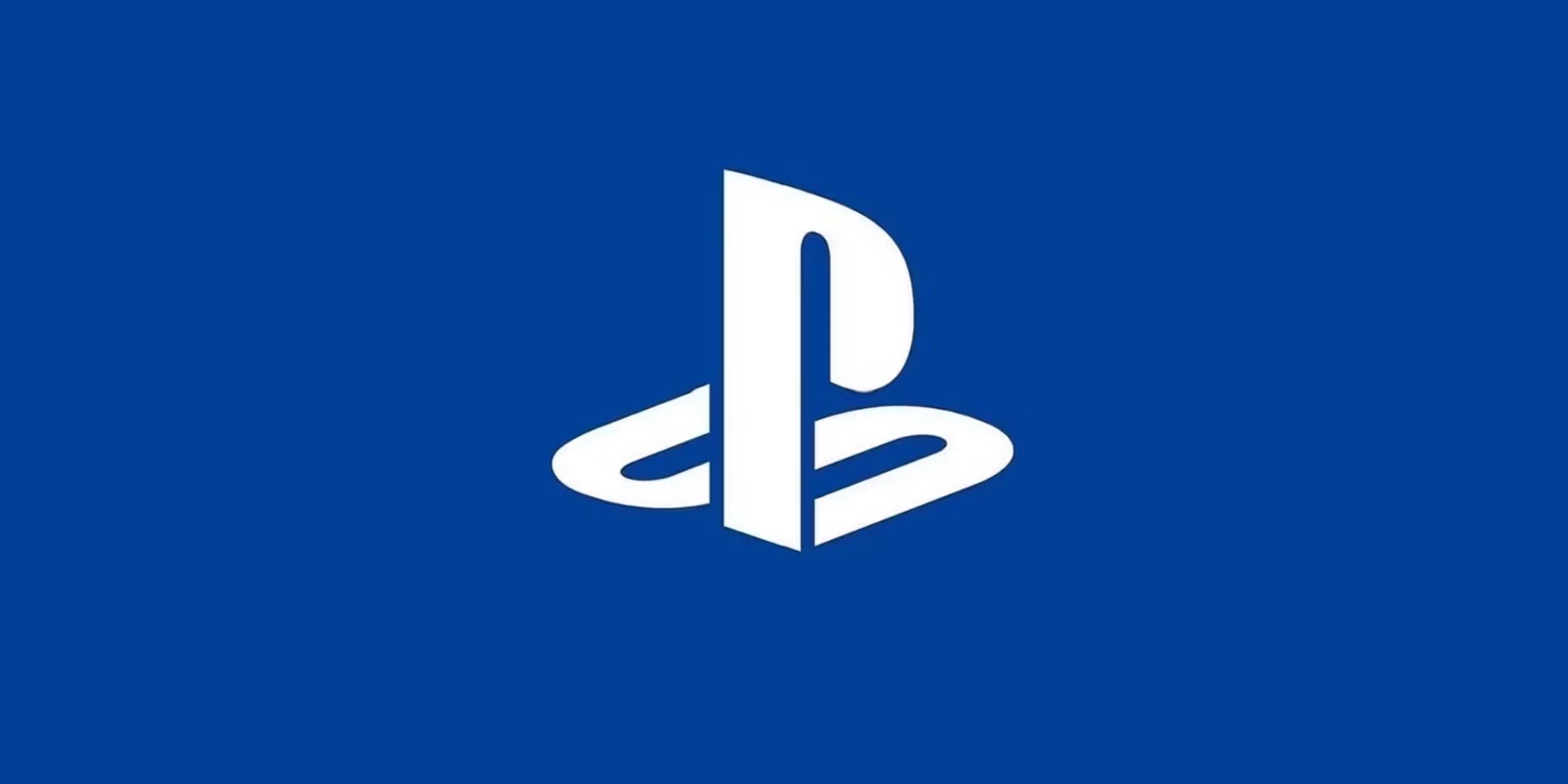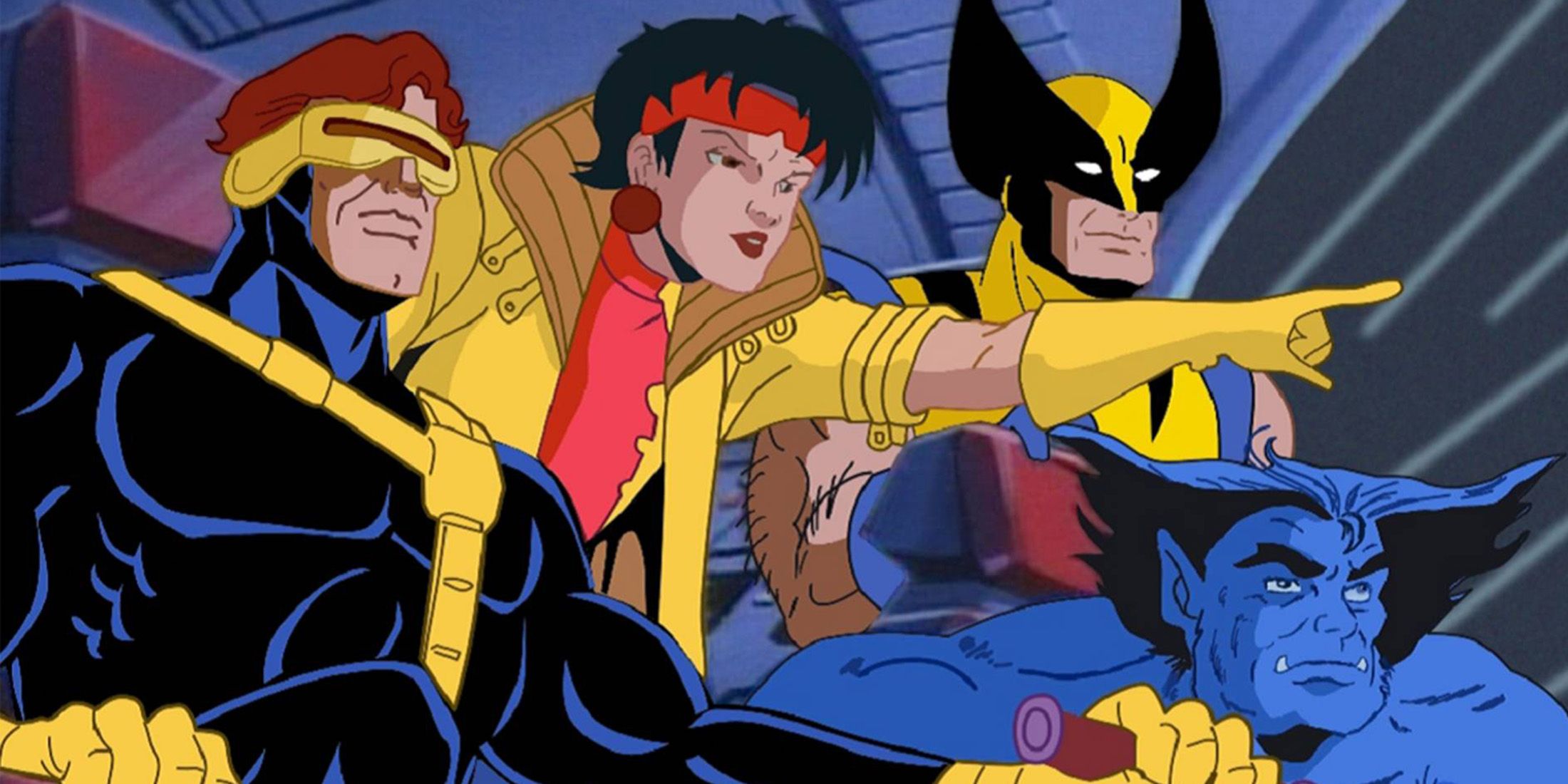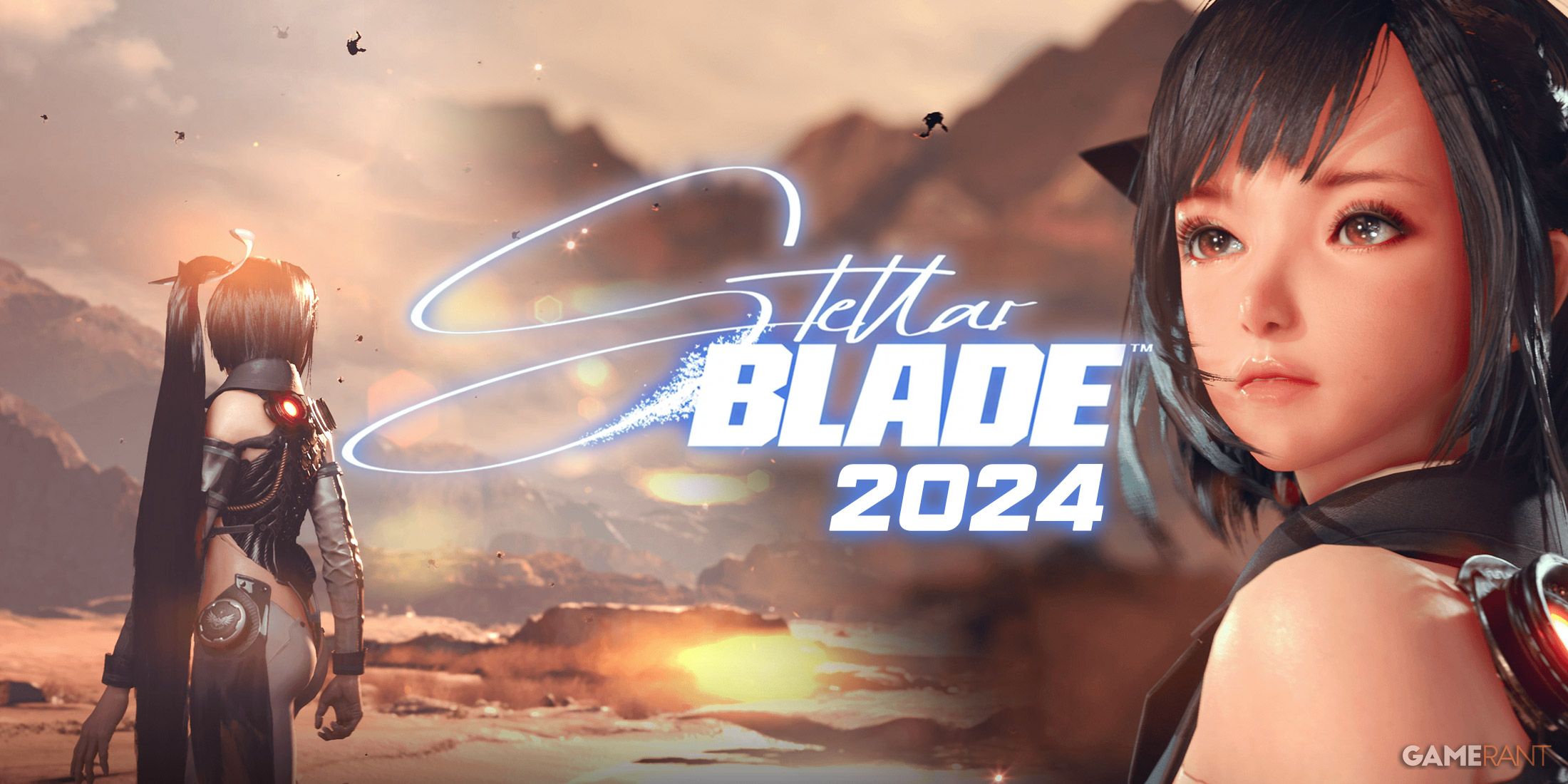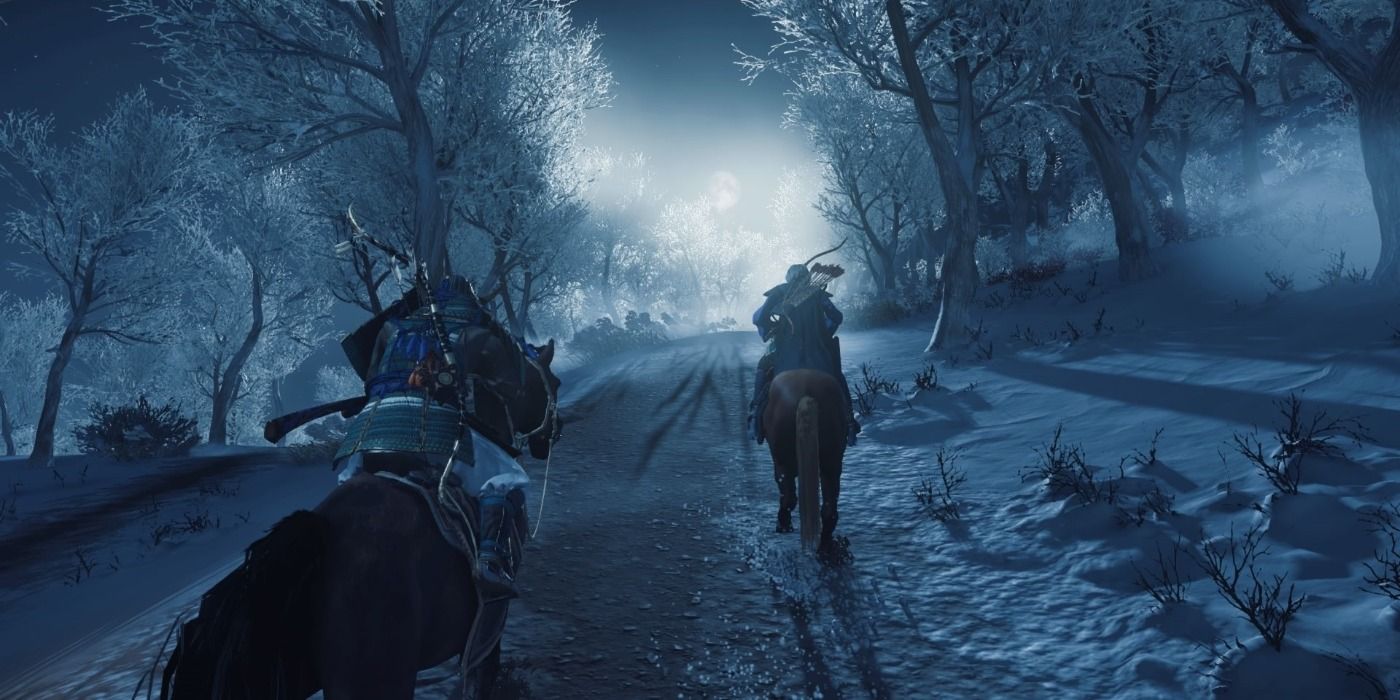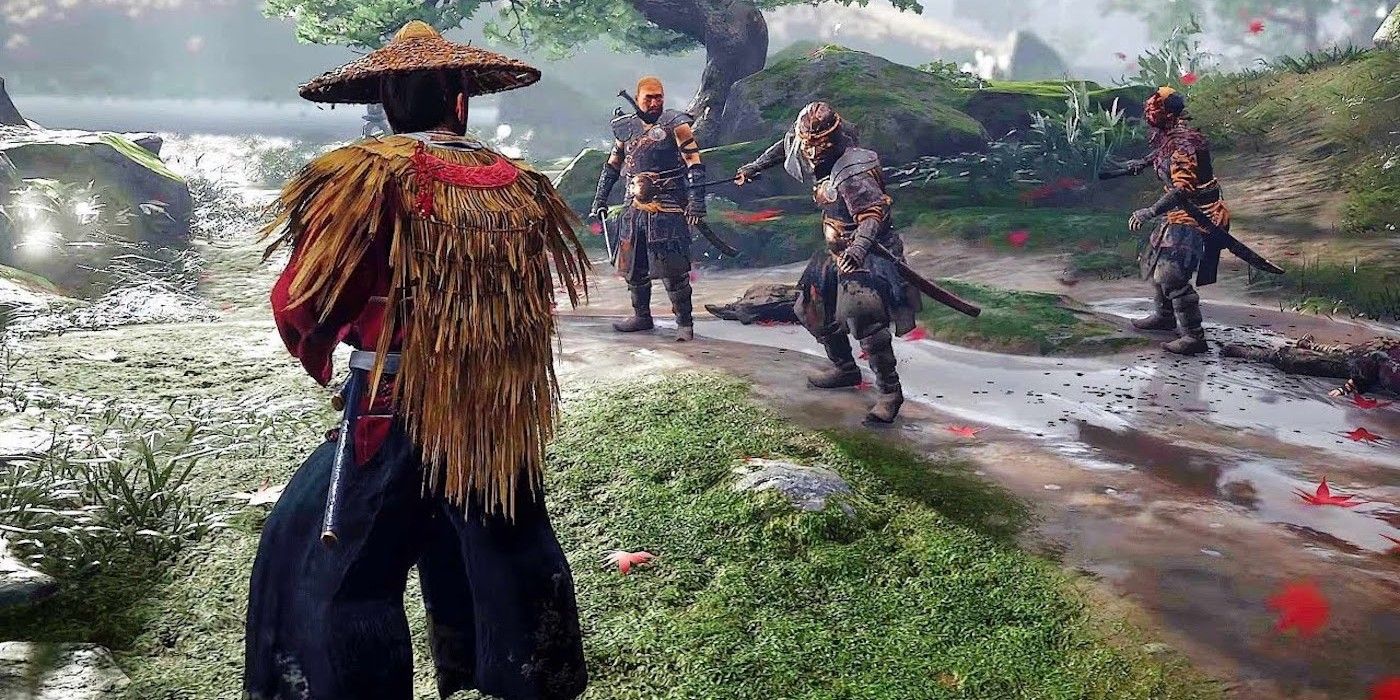Ghost of Tsushima has been out for a little over four months now, but players across the video gaming landscape are still singing its praises. Thanks to its beautiful world and impactful gameplay, Ghost of Tsushima has proved it deserves to be among the handful of Game of the Year candidates for 2020.
As with any major AAA title video game, the foundations for some of its strongest elements did not just evolve overnight, as was the case with Ghost of Tsushima’s fluid combat system. A recent post on the official PlayStation Blog goes into great detail explaining how Sucker Punch designed and balanced Ghost of Tsushima’s combat throughout development.
The post on PlayStation Blog is written by none other than Ghost of Tsushima Senior Combat Designer Theodore Fishman, who goes into great detail on what challenges the team faced when balancing combat. The first major aspect that Fishman speaks on regarding Ghost of Tsushima’s combat was something the team called the “lethality contract.” Fishman explains that Samurai combat is traditionally known to be fast, precise, and lethal, but maintaining that balance throughout Ghost of Tsushima’s progression was quite a difficult task.
Maintaining rewarding combat while managing level progression, various difficulty settings, a wide array of charms, and gear upgrades meant factoring in a lot of variation. One of the first challenges the team had to move past was the “sword sponge” problem. Very early playtests resulted in some negative feedback with one player even noting that, “I felt like I was hitting enemies with a foam bat.” Obviously, this was not what the team wanted to hear, as maintaining a mixture of the “lethality contract” and Ghost of Tsushima’s skill-based combat was key.
The adjustments the team made in regards to the “sword sponge” problem helped progress them closer to the game’s final combat system. The team tweaked Ghost of Tsushima’s armor system and enforced a maximum “hits to kill” limit on enemies, but there were still issues to be addressed. Next, Fishman goes on to talk about balancing the gradual increase in difficulty and enemy behavior, resulting in tweaks to the game’s parry system. Eventually, the team would finalize aspects of the combat system like staggering enemies, enemy attack patterns, and the various stances.
Fishman also touches on how Ghost of Tsushima’s dueling system broke the “lethality contract,” providing an interesting new challenge for the team to tackle. Additionally, the team knew that Ghost of Tsushima: Legends’ gameplay system required a different approach to combat, but the team was able to make it work in the end. Fishman’s full post is an excellent read that gives Ghost of Tsushima’s combat much more nuance after knowing what went into it. Players who enjoyed Tsushima’s fluid and robust combat system should absolutely take the time to check it out.
Ghost of Tsushima is available now on PS4.
Source: PlayStation Blog

